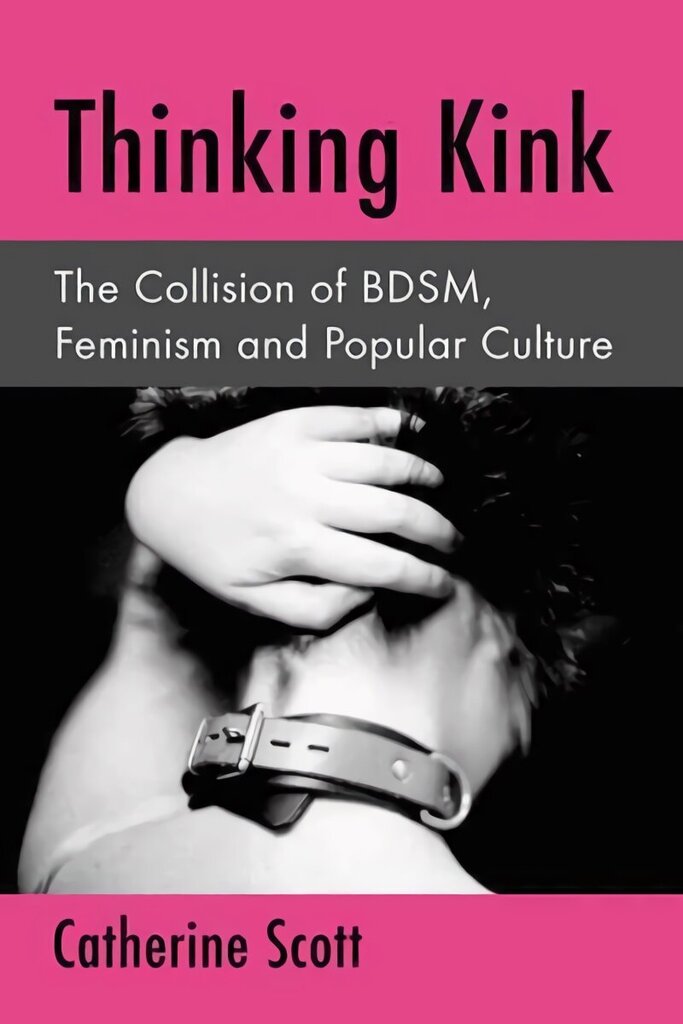"When the trilogy 50 Shades of Grey became popular reading in 2012, the media speculated that feminism was in reverse, as the public went mad over bondage-dominance-sadomasochism (BDSM). Examining the kink in books, TV shows, film and music industry, theauthor interweaves her own research in the BDSM scene with the subculture's portrayal in the media"--
Scott, a freelance writer in the UK, develops ideas and themes from a blog series she wrote for Bitch magazine in 2012, “Thinking Kink: A Blog on BDSM, Feminism and Pop Culture,” incorporating new examples on the intersections of BDSM, feminism, and pop culture. She examines specific aspects of kink, including the female dominant, the male submissive, the male dominant, the female submissive, the switch, consent, and the concept of “vanilla,” as they are portrayed in pop culture, as well as applying feminist analysis to them and discussing the intersection of BDSM and the lesbian, gay, bisexual, and transgender community and BDSM and people of color. She also discusses kink and consumerism, language in the BDSM community, assumptions about kink, and how BDSM functions as a concept, reality, and community, in addition to the impact of feminism. Examples include Shortbus, Secret Diary of a Call Girl, Secretary, Mad Men, Kinky Boots, The Notorious Bettie Page, Sleeping Beauty, Sex and the City, A Dangerous Method, Eurotrip, and music videos. Annotation ©2015 Ringgold, Inc., Portland, OR (protoview.com)
When the mildly kink-themed trilogy 50 Shades of Grey became popular reading in 2012, the media speculated that feminism was in reverse, as the public went mad over bondage and discipline, domination and submission and sadomasochism (BDSM). The novels provoked academic debate about BDSM and the issues it raises for feminists. Is the female dominant truly powerful or is she just another objectified body? Does lesbian BDSM avoid the problematic nature of heterosexual kink, or is it actually more subject to the "male gaze" of feminist theory? And what is it about kink that has creators of pop culture--from Anne Rice to the producers of Scrubs--using it to attract audiences? Examining the tropes of kink in books, TV shows, film and the music industry, this work addresses these and other questions that depictions of BDSM raise for the feminist audience. The author interweaves her own research and experiences in the BDSM scene with the subculture's portrayal in the media.
